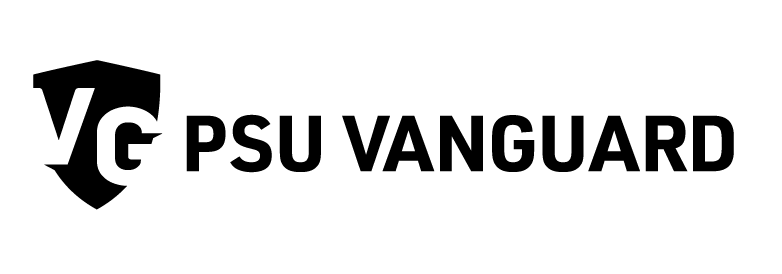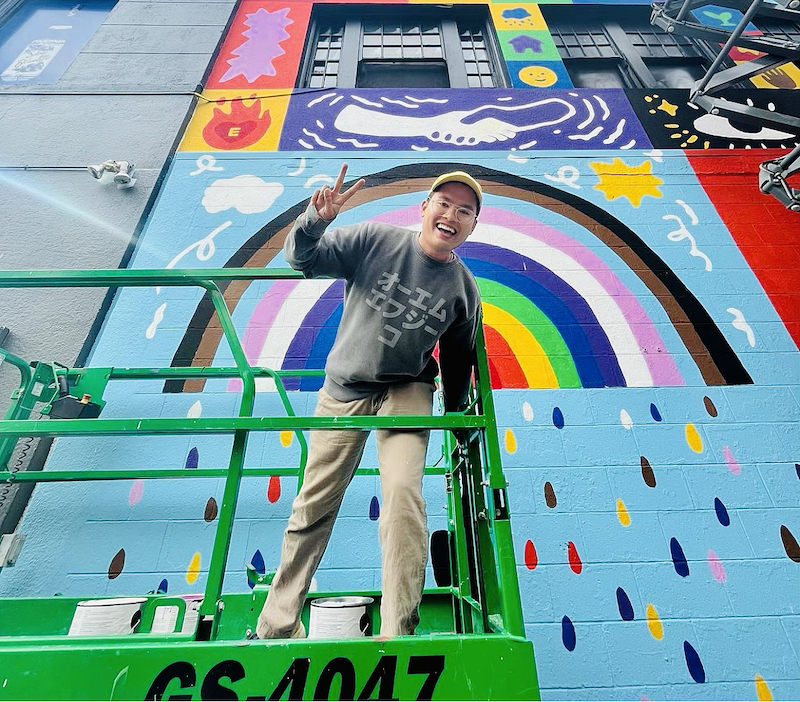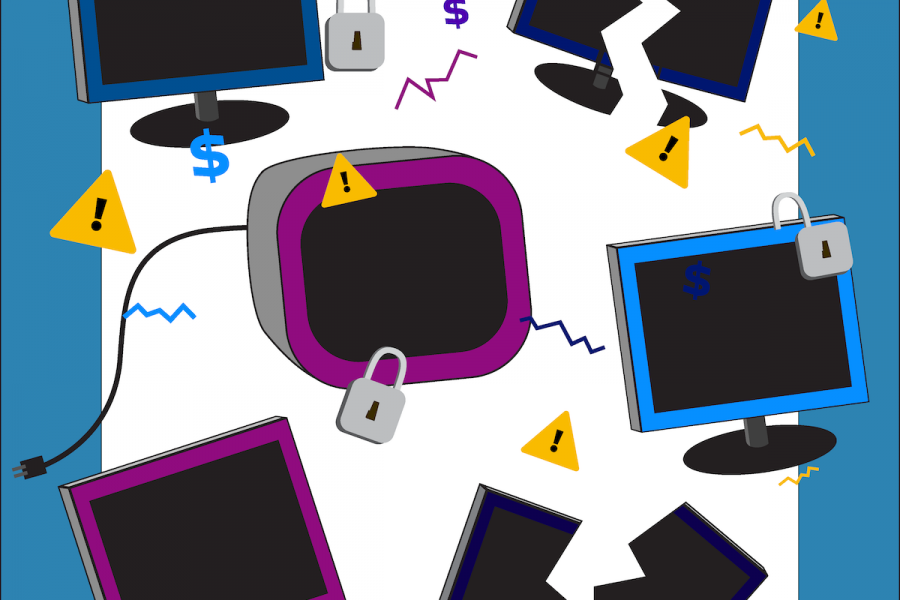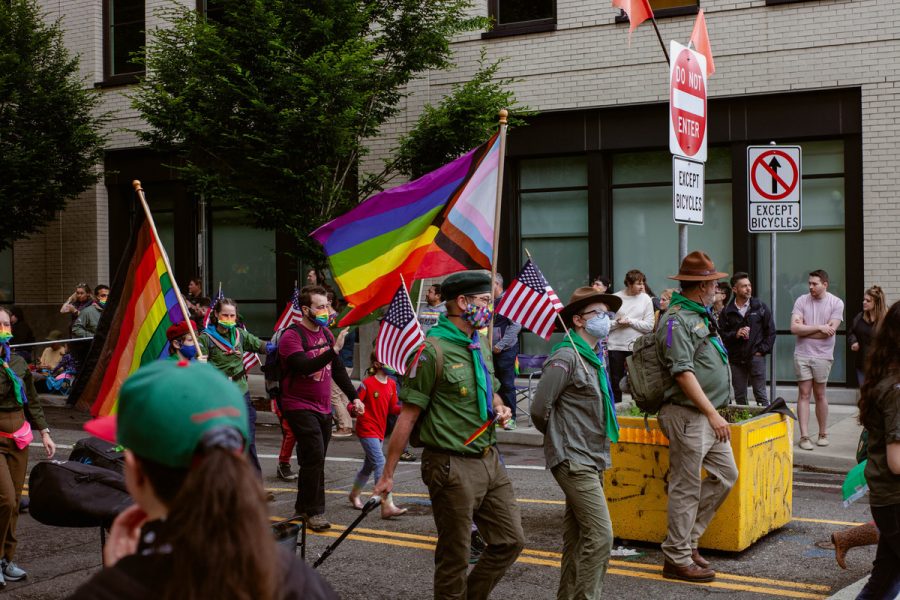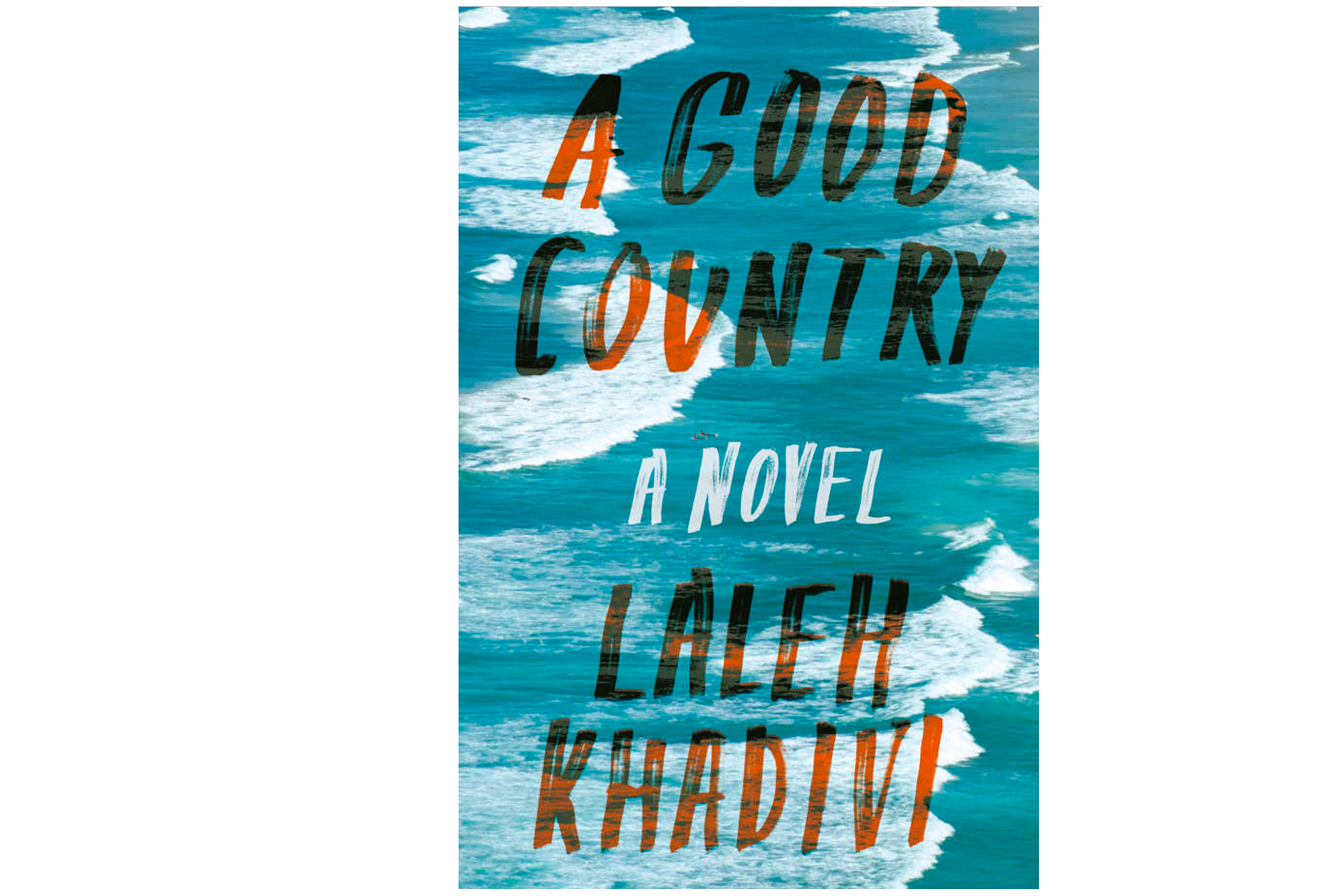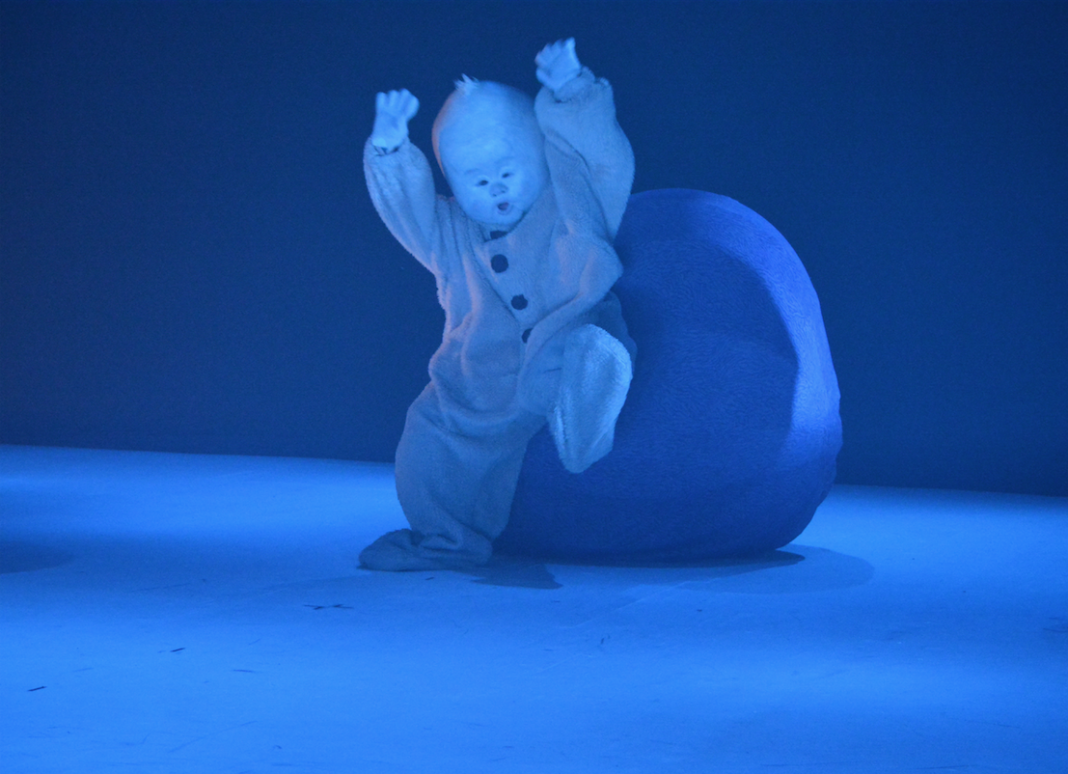Recent headlines have portrayed Portland, Oregon, as being in a grim state of affairs. Forbes wrote an article on Portland in Feb. 2021, which stated that “continued violence and vandalism have combined with high housing costs, homelessness, and poor community leadership to raise the question: how long before this city dies?”
Local news network OPB echoed the sentiment, and stated in an article that “Political observers say they’ve never seen anything like the gloom Portlanders are showing about the shape of their city.”
Despite the reputation of doom and gloom in Portland, life still very much exists in the community. One example of this is the Maybelle Center for Community’s new augmented reality (AR) mural, which the organization has created as part of its mission to “disrupt social isolation.”
The augmented reality mural, which is the first community-constructed piece of its kind in Portland, will be unveiled as part of an upcoming Pride-adjacent block party on June 25 at noon. At the unveiling of the mural, viewers will be able to hold their phones up to the artwork and watch the art come to life on their phone screens, with a soundtrack performed by the Portland Lesbian Choir, Portland Gay Men’s Chorus, and Maybelle Community Singers. By creating this mural, the project’s creators seek to create a safe and welcoming community and, in doing so, have the potential to change the current narrative of Portland.
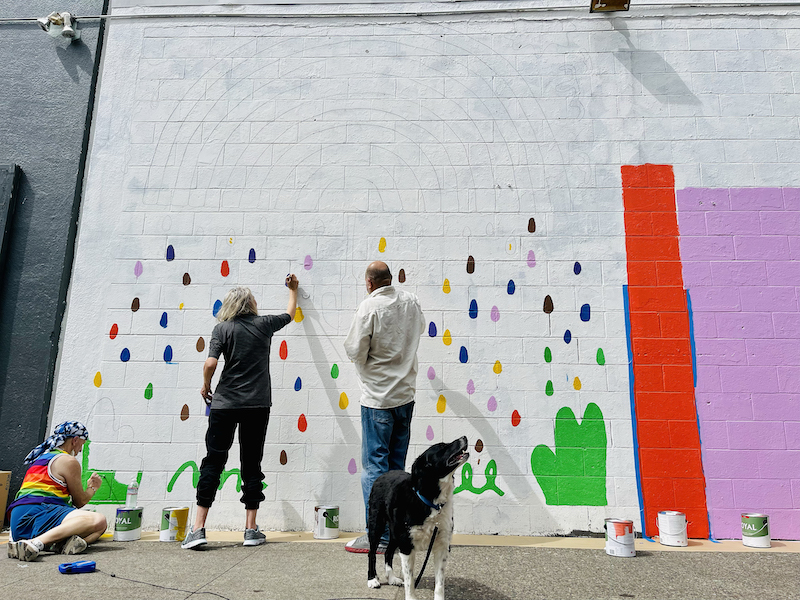
“We wanted to create a project that would reconnect people and reconstruct our community socially and emotionally,” said Crystal Meneses, project organizer and composer of the song that the mural incorporates.
While the creation and incorporation of murals throughout Portland is relatively commonplace, part of what makes this project unique is how intentional the creators were about incorporating the community and not limiting the scope of what they wanted to accomplish.
Accordingly, when Meneses approached Garth Klippert—now the director of augmented reality for the project—in Dec. 2021 to oversee the process of augmenting the mural, he said, “The practical facilitator in me is kinda like wow, that is a lot. You want everything, and you want it all to happen in this way. How the hell are you going to do that?”
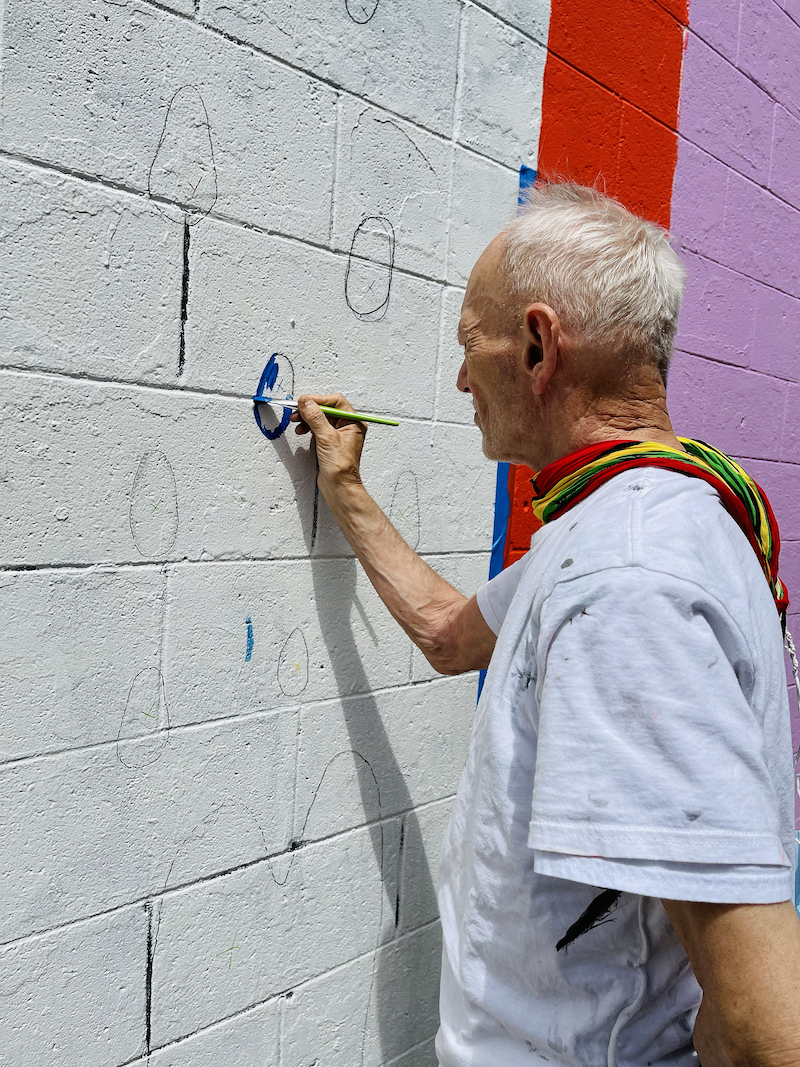
Volunteers painting the It’s Rainin’ Love Mural (2022). Courtesy of Activate Arts.
Despite the challenges, Klippert and the project’s team said the process flowed very well. Together they assembled a team, allowed anyone in the community to paint the mural, established a safe space where people could feel welcome and part of the community, and incorporated three of Portland’s Old Town LGBTQ+ choirs to sing and declare the message of the mural to complement its augmented reality visuals.
“Any time that something didn’t go right, it was so easy to pivot and revise something [because] it really felt like a true collaboration from beginning to end,” said Ridan Arellano, a mural designer and artist who worked on the project.
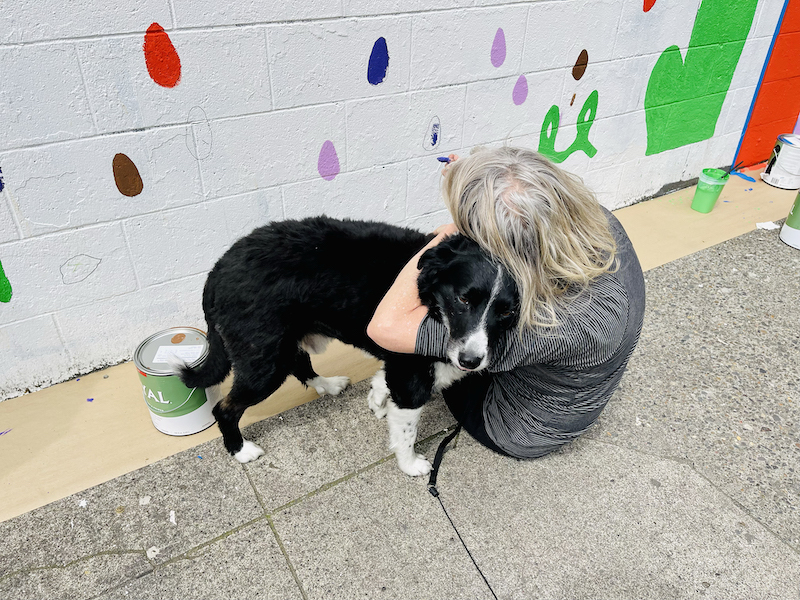
This is just the tip of the iceberg of what this project fostered in its inception. As Meneses said, “This project has flowed and grown with so much love… and with adding more people, it did not get more challenging… I think that this [project] speaks to the activism of making art.”
With the pandemic, continued racial inequality, hostility increasing against LGBTQ+ individuals, poverty, loss and isolation being rampant both locally and across our nation, the need for collective activism is more crucial than ever, because when communities have experienced trauma together, it only makes sense that they heal together.

Old Town is one of the many communities that can benefit from collective artwork and positive community interaction. “Old Town has been overlooked, and it does have a reputation,” Arellano said. “I think people don’t go there enough to actually meet the people.”
Healing can never come from ignoring those most impacted by collective trauma, and this project allowed members of Old Town and downtown Portland to interact with their city and find some community healing. From the houseless, to LGBTQ+ individuals and other marginalized communities, Meneses said that there was space for those commonly overlooked by the rest of the city. “Those are the kinds of people that walked up to the wall and grabbed a brush,” she said.
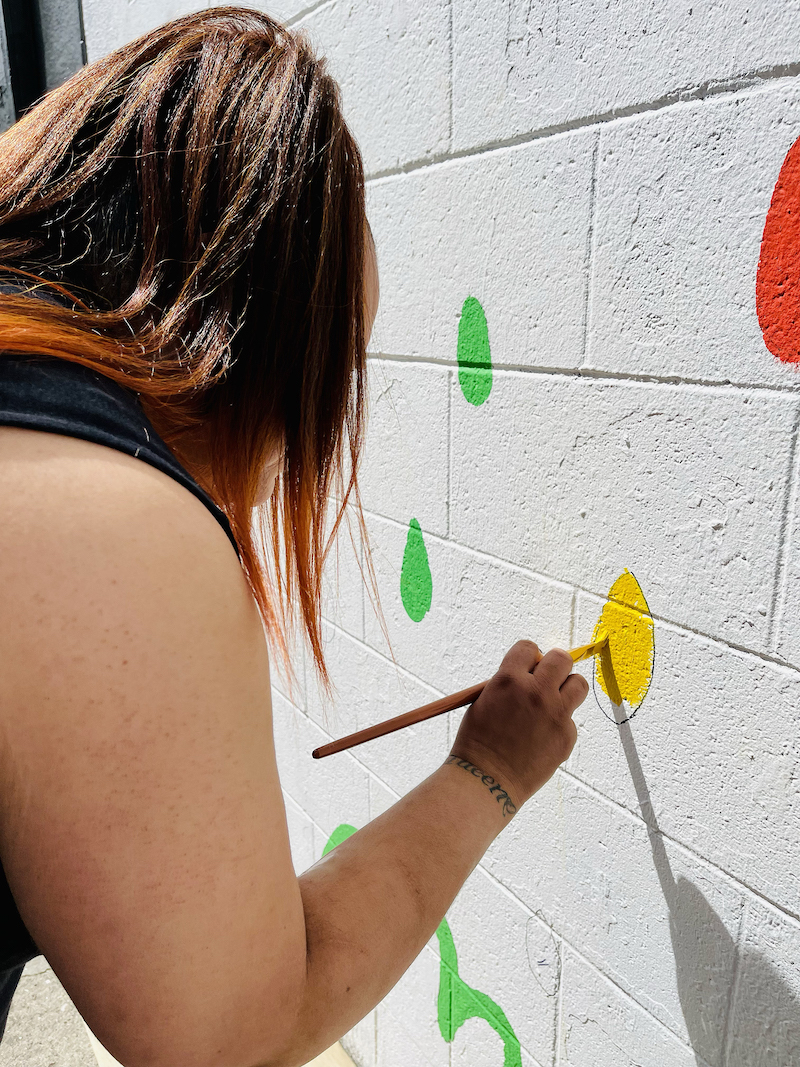
The shared authorship of the project is one of the things that makes it unique. “No one can really say this is mine…but we can say we are a part of it, we can say we belong to it…[but] this was really created by the community,” Meneses said.
This mural is artistically unique as well, even for Portland’s thriving alternative art scene. One of the things that sets it apart is the team’s choice to augment the mural. “The augmented reality is a unique tool for connecting community,” said G. Stewart, the project’s animator.
Augmenting the mural is more than just a unique feature. The team wanted to bring art to life to further foster healing and growth in the community. Meneses’ background as an art therapist led her to recognize the power art has as a medium for healing. In adding the AR, the hope is that it will only intensify this impact.
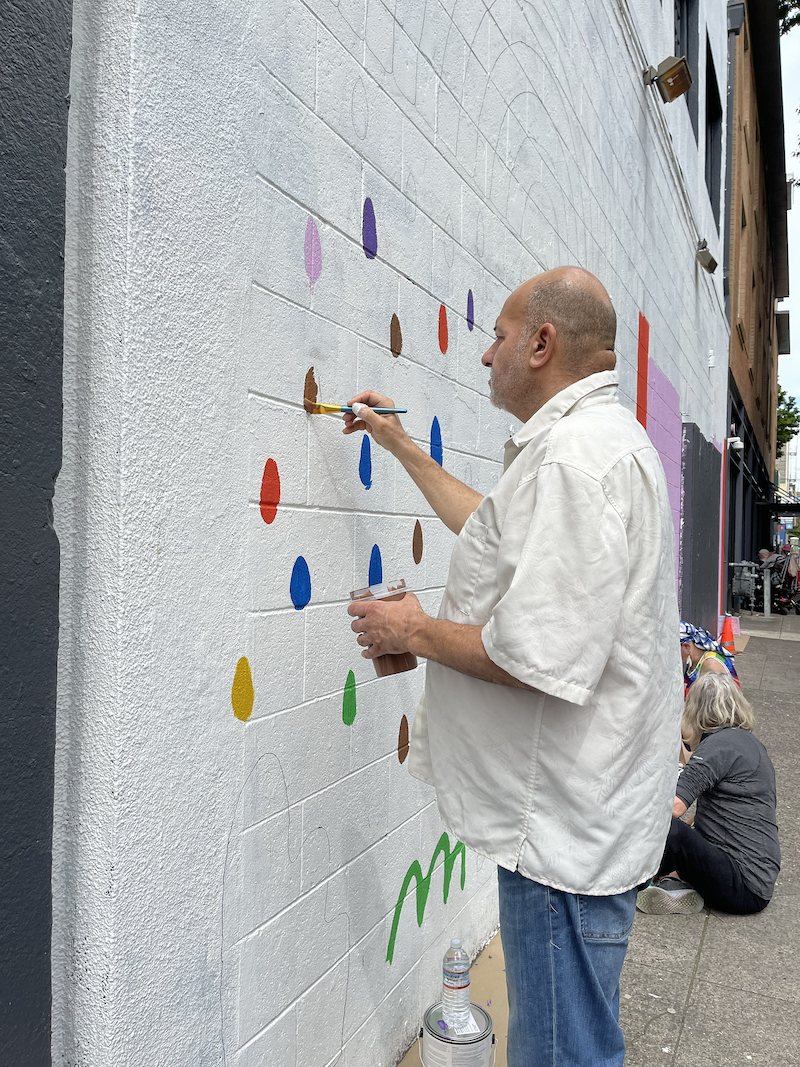
“AR augmenting the imagination is actually a therapeutic tool… when people see a different possibility, they know that something can change, and so the AR is creating a whole new perspective of connection and love that we may not have realized as a possibility,” Meneses said.
In general, healing through art was an essential part of this installment through encouraging community engagement regardless of an individual’s level of artistic knowledge.
Meneses said that in her experience in academia, creating art and music “is about individual excellence, and that means it is exclusive. That is what I want to change, and this [project] is a model of that. For example, if we change the narrative to let’s make art and music to feel something and to experience something, not to achieve or be good at it, I think that is a part of that trauma informed healing… because art and music are a way of coping.”

The upcoming block party to unveil the mural is a celebration of all the project has accomplished and seeks to accomplish. As well as commemorating the challenges Portland has faced these past two years, it also provides an opportunity for the city’s community to celebrate, fight for and believe that things can be better.
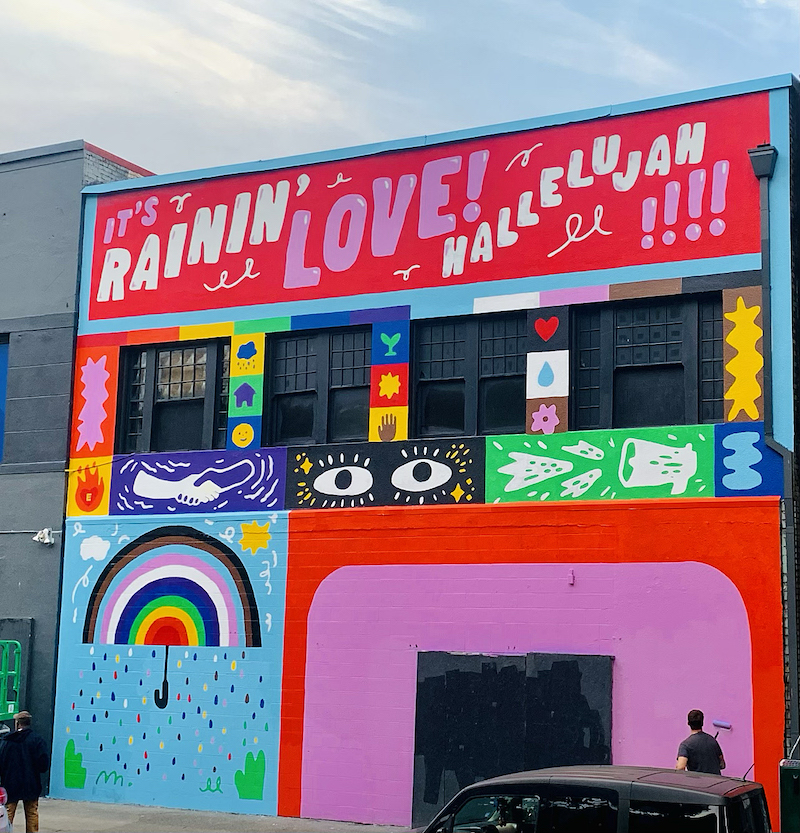
“I think if we remember back to the first time that we got together after the pandemic when we had friends over after a couple of years of trying to stay apart and just that joy of reconnecting and inviting people back into your space,” said Jilliane Bandstra, Maybelle’s Communications Manager. “I think most of our community within Maybelle Center lives in Old Town or downtown every day and I think the block party is an invitation back into our backyard.”
Meneses also said that she believes that the block party serves as a way to continue to build that community and find connection through art. “I am excited to see the interactions and if it is a call to action to keep coming back to each other and that is what I am hoping,” she said. “That it is seen as an invitation to keep coming back to each other and it is through the art.”
